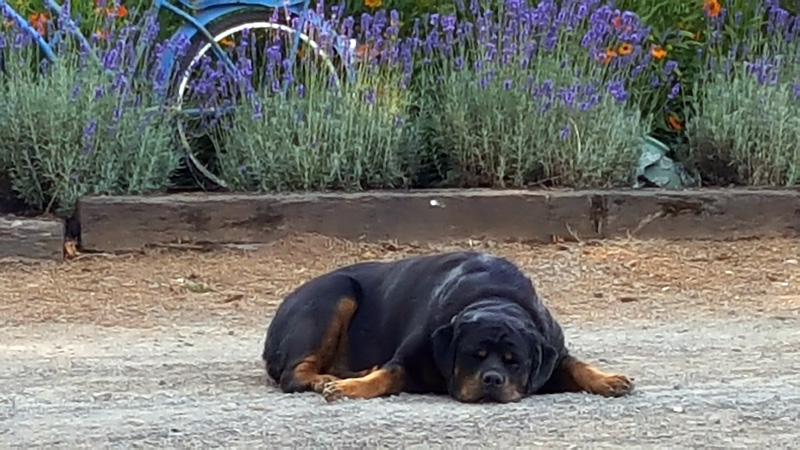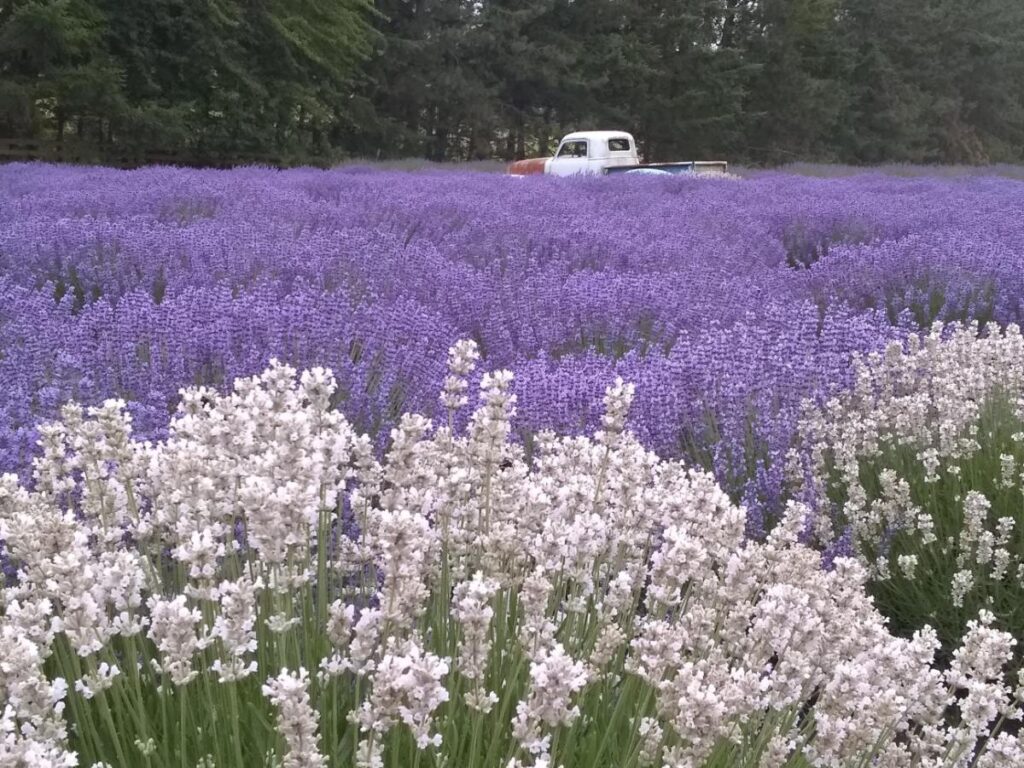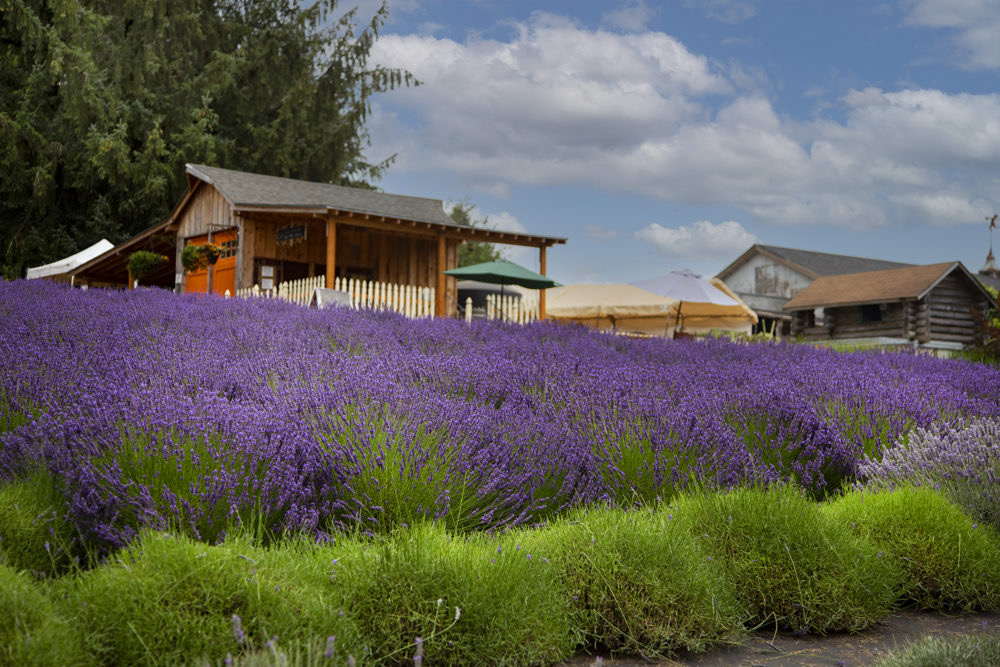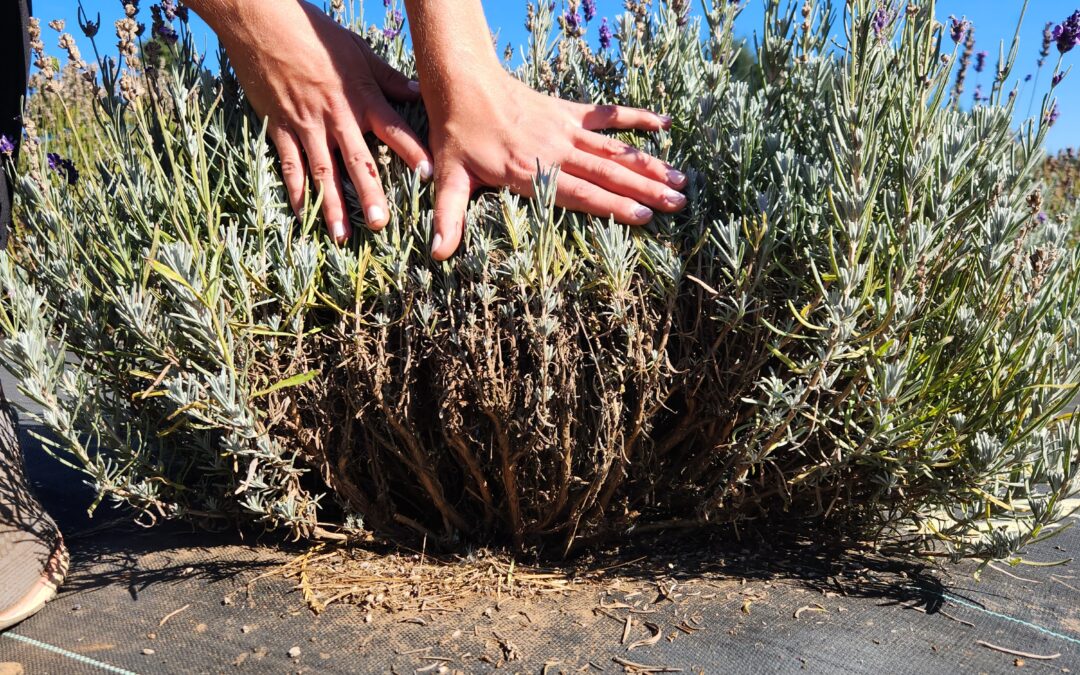


Do you have a lavender bush planted in your yard? Are you wondering if you can still prune it before winter sets in? Pruning will keep your lavender looking and producing its best next season and beyond! But if you live in a more harsh winter climate it is best to wait until spring to prune it, if you haven’t done so already. Continue reading to know how to prune come spring.
However, if you live in a more mild winter climate, like we have here in Newberg, Oregon, you can still prune your lavender, before freezing weather comes.
This task isn’t complicated, but there are a few things to keep in mind.
When To Prune
Pruning in the fall rather than the spring ensures your bush will be ready to grow when the spring weather warms up to the perfect temperature. Pruning in the fall ensures your blooms won’t be delayed by an accidental late spring pruning. It also means you can put your energy toward other duties in the spring besides pruning your lavender. Some people prefer to prune in the spring. This is okay, too. Just be sure to do it as early in the spring as possible or you risk your blooms coming later in the season than they typically would. Late fall or winter pruning should only be done in mild climates before the first frost.
How To Prune
Pruning isn’t difficult or complicated, but depending on how many plants you have it can be a good workout!
To start, take your clean pruners and trim into the green foliage two nodes above the brown line (the woody stem part). The nodes are where leaves or stems are growing or will soon grow. If in doubt about where the nodes are, prune them one to two inches above the brown line. Go over your whole bush forming a round, tight ball. It may feel like you are pruning your bushes back very severely, but do not fear, your lavender will grow back vigorously the very next season. Lavendula angustifolia and Lavendula x intermedia love to be pruned back severley.





This severe pruning does five things:
1) It helps establish a robust root system making your plant hardier and more drought tolerant.
2) It helps your bush branch and fill in better so that it looks nice and bushy.
3) It helps keep it from sprawling or going leggy and breaking open in the middle.
4) It gives you a bigger harvest of blooms in the next season.
5) It increases the plant’s life span.
We promise, your bush will grow back beautiful and full!
Many gardeners spray their pruners between plants with rubbing alcohol or bleach to prevent the potential spread of disease between bushes. If you have more than one plant you might carry a spray bottle with you as you prune to spray your blades as you go.
Be sure to rake away and discard your prunings so they don’t over winter and create a lovely place for mold and fungus to grow and infect your plant. You can mulch, compost, or burn them.
What if…
What if your lavender plant is mature and already looks gangly and sprawling? Can you prune it back into shape? This is not likely. Once a lavender bush goes in this direction, it’s just time to pull it out and replant.
You can also choose not to prune at all and let your bush take on the wild, sprawling look of its natural habitat. Some people prefer this low maintenance approach, but it will shorten your plant’s life span and lessen the amount of blooms you get off of it.
Lavender does have a lifespan, and no matter how you decide to prune or not prune your lavender, it will eventually age out and start to sprawl. This means it is time to pull them out and start from scratch.
Happy pruning!
Kristen
Assistant to the Creative Drirector at Wayward Winds Lavender



